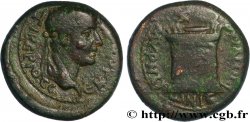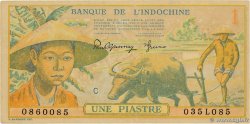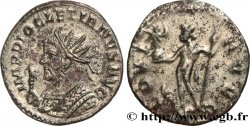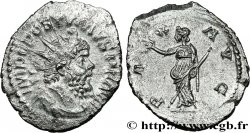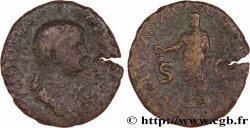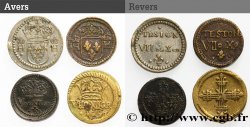E-auction 252-175242 - brm_469883 - TIBERIO Denier
Devi Sign-in ed essere un offerente approvato fare un'offerta, Login per fare offerte. Conti sono soggetti ad approvazione e di approvazione sono raggiunti entro 48 ore. Non aspettare fino al giorno di una vendita si chiude per registrarti.Confermando la tua offerta su questo oggetto ti impegni ad un contratto legalmente vincolante per l'acquisto di questo prodotto e fare clic su «offerta» costituisce accettazione dei termini di utilizzo de e-auctions cgb.fr.
Offerta deve essere collocato in euro gli importi interi vendita only.The si chiuderà al momento sulla descrizione dell'oggetto, eventuali offerte pervenute al sito dopo l'orario di chiusura non verranno eseguite. Volte transmition possono variare e le offerte potrebbero essere respinto se si attende per gli ultimi secondi. Per ulteriori informazioni ckeck le FAQ.
SENZA COSTI PER GLI ACQUIRENTI.
SENZA COSTI PER GLI ACQUIRENTI.
| Valutazione : | 75 € |
| Prezzo : | 31 € |
| Offerta maxima : | 32 € |
| Data di fine vendita : | 12 febbraio 2018 14:34:00 |
| partecipanti : | 7 partecipanti |
Tipo : Denier
Data: c. 33-37
Nome della officina / città: Lyon
Metallo : argento
Titolo in millesimi : 950 ‰
Diametro : 18,5 mm
Asse di coniazione : 5 h.
Peso : 2,83 g.
Commenti sullo stato di conservazione:
Monnaie à l’usure très importante mais qui reste lisible et identifiable. Patine grise hétérogène
N° nelle opere di riferimento :
Diritto
Titolatura diritto : [TI CAESAR] DIVI - AVG F AVGVS[TVS].
Descrittivo diritto : Tête laurée de Tibère à droite (O*).
Traduzione diritto : “Tiberius Cæsar Divi Augusti Filius Augustus”, (Tibère César fils du divin Auguste, auguste).
Rovescio
Titolatura rovescio : PONTIF - MAXIM.
Descrittivo rovescio : Pax (la Paix) ou Livie assise à droite sur un siège décoré, tenant une branche d'olivier de la main gauche et de la droite un long sceptre.
Traduzione rovescio : “Pontifex Maximus”, (Grand pontife).
Commento
Poids léger. Monnaie fourrée. Comme pour le denier d'Auguste, cette pièce appartient à l'atelier impérial de Lyon et ce type de denier a circulé pendant pratiquement un siècle. Il se rencontre très souvent avec des monnaies gauloises de la phase terminale dans les fouilles archéologiques. C’est la monnaie romaine la plus courante en Gaule pour les Julio-Claudiens. La cinquième émission se caractérise par un socle représenté par une seule ligne et les pieds du siège sont ornés de fleurons ; les pieds de Livie reposent sur un tabouret, invisible sur notre exemplaire ; au droit, les rubans de la couronne de type 3 retombent en petites ondulations, le portrait reste réaliste.
Lightweight. Filled coin. As with the Augustan denarius, this coin belongs to the imperial mint of Lyon and this type of denarius circulated for almost a century. It is very often found with Gallic coins from the late phase in archaeological excavations. It is the most common Roman coin in Gaul for the Julio-Claudians. The fifth issue is characterized by a base represented by a single line and the legs of the seat are decorated with fleurons; Livia's feet rest on a stool, invisible on our example; on the obverse, the ribbons of the type 3 crown fall in small waves, the portrait remains realistic
Lightweight. Filled coin. As with the Augustan denarius, this coin belongs to the imperial mint of Lyon and this type of denarius circulated for almost a century. It is very often found with Gallic coins from the late phase in archaeological excavations. It is the most common Roman coin in Gaul for the Julio-Claudians. The fifth issue is characterized by a base represented by a single line and the legs of the seat are decorated with fleurons; Livia's feet rest on a stool, invisible on our example; on the obverse, the ribbons of the type 3 crown fall in small waves, the portrait remains realistic







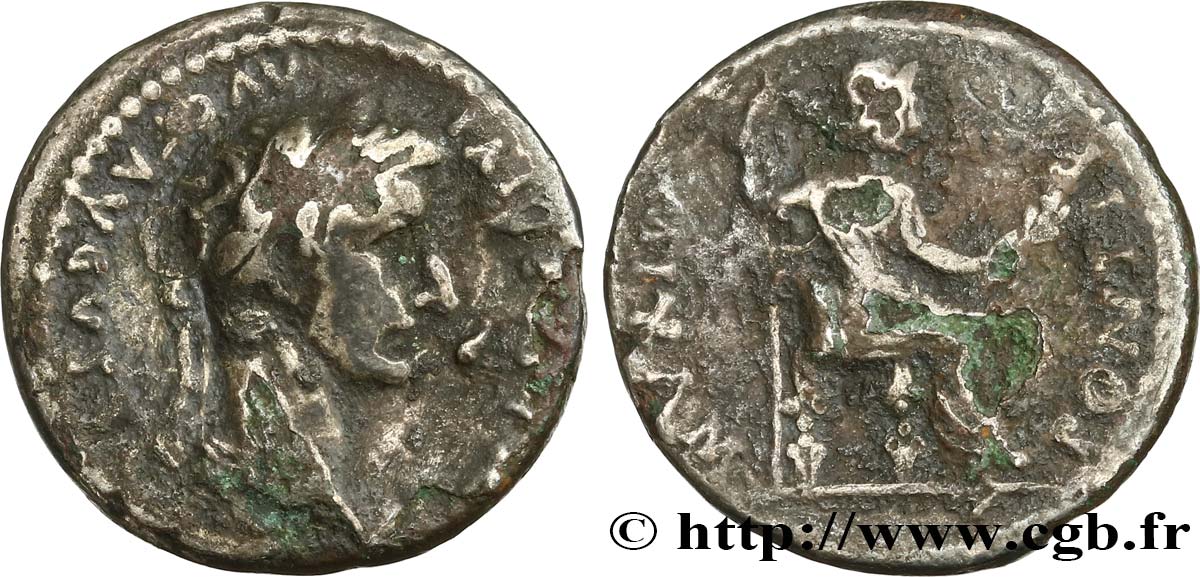
 Segnalare un errore
Segnalare un errore Stampate la pagina
Stampate la pagina Condividi mia selezione
Condividi mia selezione Fai una domanda
Fai una domanda Consegnare / vendere
Consegnare / vendere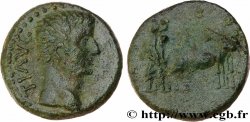
 Descrittivo
Descrittivo